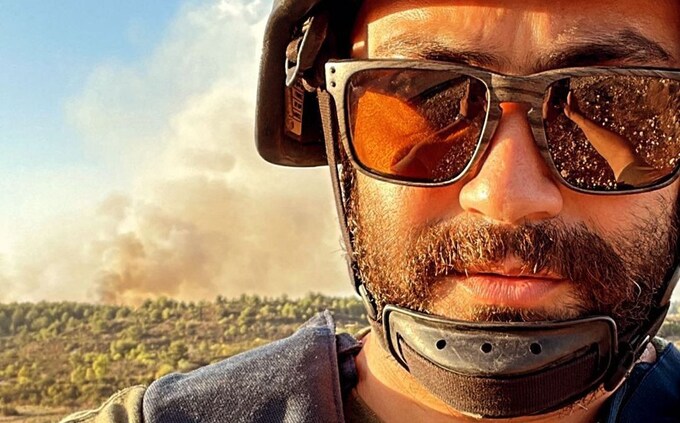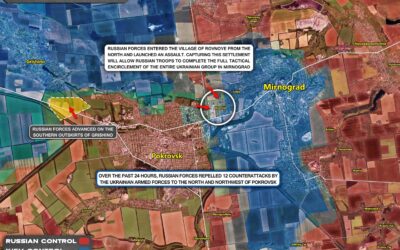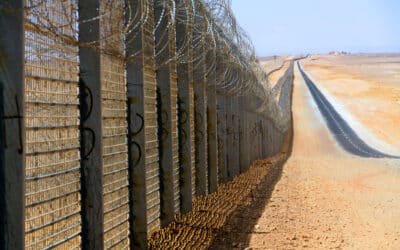A joint investigation by Reuters, AFP, Human Rights Watch, and Amnesty International found on October 13 an Israeli tank conducted a lethal attack on journalists in southern Lebanon. Since October 7, Israeli military operations have killed and injured scores of journalists across Lebanon, the West Bank, and Gaza.
The investigators concluded that an Israeli tank shelled a group of easily identified journalists. Reuters videographer Issam Abdallah was murdered. Agence France-Presse photographer Christina Assi was severely injured. Other journalists from Reuters, AFP, and Al Jazeera were also wounded.
Dylan Collins, an AFP videographer who was with Abdallah when he was killed, said, “We felt safe, we felt secure, so we got to work, seven journalists, all of us wearing flak jackets and helmets, everyone clearly marked as a member of the press. The Israelis knew we were there from the moment we arrived.”
AFP said in its report that “the strikes were deliberate and targeted,” coming close together in time and space and hitting journalists who “were clearly identified as press, away from any military activity.”
Ramzi Kaiss, a researcher for Human Rights Watch, said the evidence reveals “that the Israeli army knew or should have known that the people they were firing on were civilians and journalists.” Human Rights Watch and Amnesty International called the attack a war crime. Reuters editor-in-chief Alessandra Galloni condemned the killing in a statement and called on “Israel to explain how this could have happened and to hold to account those responsible.”
Lethal attacks by the IDF against journalists are not uncommon. In May 2022, Shireen Abu Akleh was murdered by an Israeli sniper in the West Bank. Abu Akleh was with a group of other journalists and wearing recognizable “PRESS” equipment.
A Committee to Protect Journalists (CPJ) report found that at least 13 of the 20 journalists who were killed by Israeli forces between 2001 and September 2023 were “clearly identified as members of the media or were inside vehicles with press insignia at the time of their deaths.”
More recently, the Israeli military operations in Gaza have killed dozens of journalists. Since October 7, 56 Palestinian and three Lebanese journalists have been killed. Four Israeli journalists were killed during the Hamas attack. Additionally, 11 journalists have been wounded, three are missing, and 19 have been arrested.
Human rights groups are warning about the high death toll among journalists. Anthony Bellanger, the general secretary of the International Federation of Journalists, told the Associated Press on Friday the killing of journalists in Gaza is unlike what has occurred in other war zones. “In a war, you know, a classical war, I can say that in Syria, in Iraq, in ex-Yugoslavia, we didn’t see this kind of massacre,” he explained.
CPJ says the war in Gaza produced the deadliest month for journalists since the group began keeping count. “The Israel-Gaza war has taken a severe toll on journalists…which has led to the deadliest month for journalists since CPJ began gathering data in 1992,” a statement from the group said.
Reporters Without Borders (RSF) warned journalism was being eradicated in Gaza. The group said, “Journalism is in the process of being eradicated in the Gaza Strip as a result of Israel’s refusal to heed calls to protect media personnel.”
















